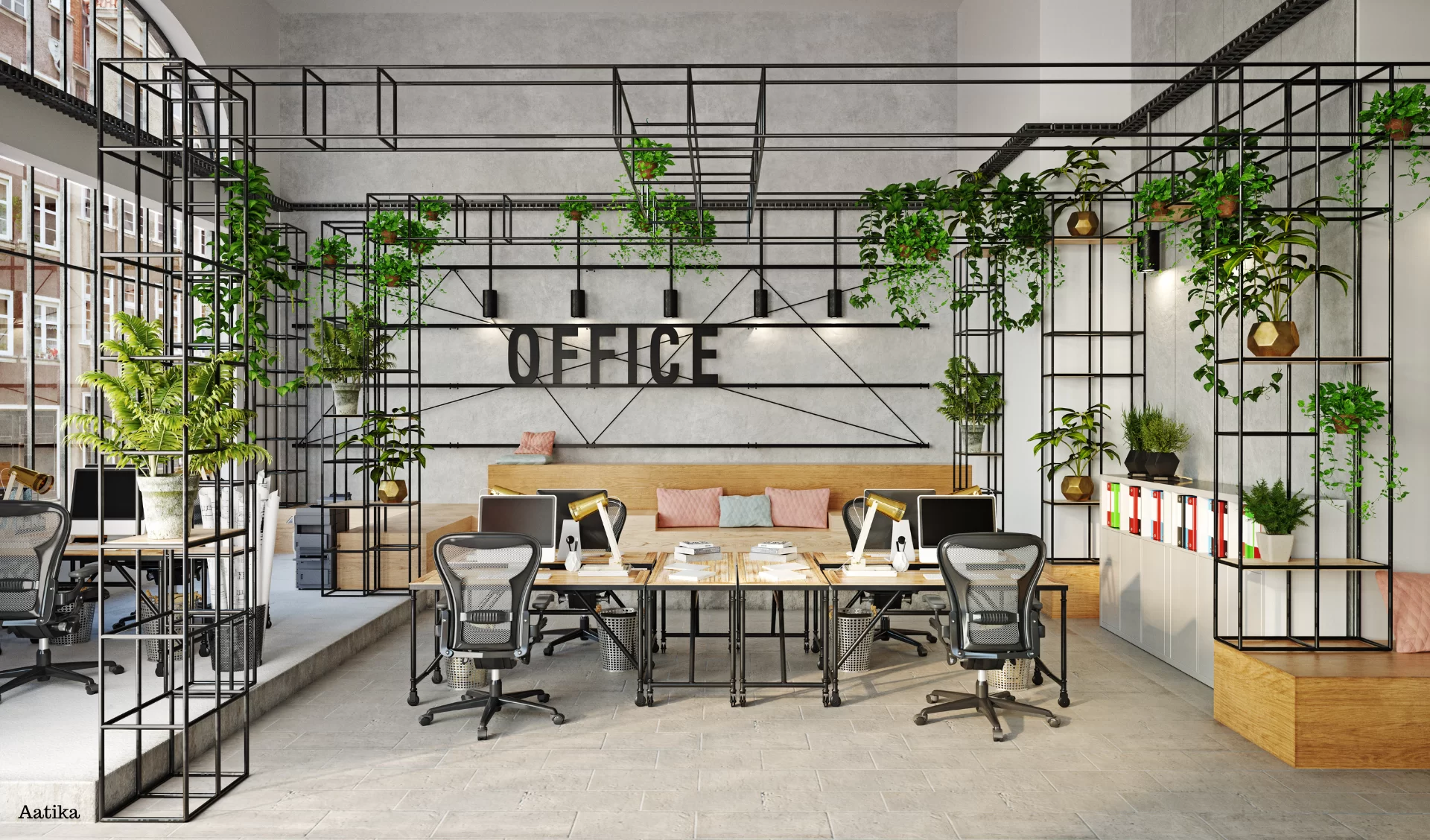Integrating Nature into Architectural Spaces for Health and Well-being
- Home
- /
- Integrating Nature into Architectural Spaces for Health and Well-being

In today’s bustling world, where stress and disconnection often dominate our daily lives, there’s a growing recognition of the importance of bringing nature back into our built environments. Biophilic design, a concept rooted in the idea of humans’ innate connection to nature, offers a powerful solution for promoting health and well-being in architectural spaces.
Natural light, perhaps one of the most crucial elements of biophilic design, plays a vital role in shaping our mood and productivity. With the incorporation of ample windows, skylights, and light wells, architectural spaces can be flooded with the invigorating glow of natural light, fostering a sense of openness and connection to the outdoors.
Greenery, whether it’s in the form of indoor plants, living walls, or rooftop gardens, brings life and vitality into our built environments. Not only do plants purify the air and reduce indoor pollutants, but they also have a calming effect on our minds, helping to reduce stress and promote relaxation.
Water features, such as fountains, ponds, or waterfalls, add another dimension to biophilic design, creating a soothing atmosphere that enhances our overall sense of well-being. The gentle sound of flowing water has a therapeutic effect on our senses, promoting a sense of tranquility and connection to nature.
In addition to natural light, greenery, and water features, biophilic design emphasizes the use of organic materials like wood, stone, and clay. These materials not only add warmth and texture to architectural spaces but also evoke a sense of natural beauty and harmony, further enhancing our connection to the environment.
The benefits of biophilic design extend beyond physical health to encompass mental and emotional well-being as well. Studies have shown that exposure to nature can reduce stress, improve cognitive function, and enhance overall mood. By incorporating elements of nature into our architectural spaces, we can create environments that promote health, happiness, and productivity for all who inhabit them.
In conclusion, biophilic design offers a powerful framework for creating architectural spaces that prioritize human well-being and connection to nature. By integrating elements such as natural light, greenery, water features, and organic materials into our designs, we can cultivate environments that support our physical, mental, and emotional health in today’s fast-paced world.
Let’s continue to explore the possibilities of biophilic design and its potential to transform the way we live, work, and interact with our surroundings.

